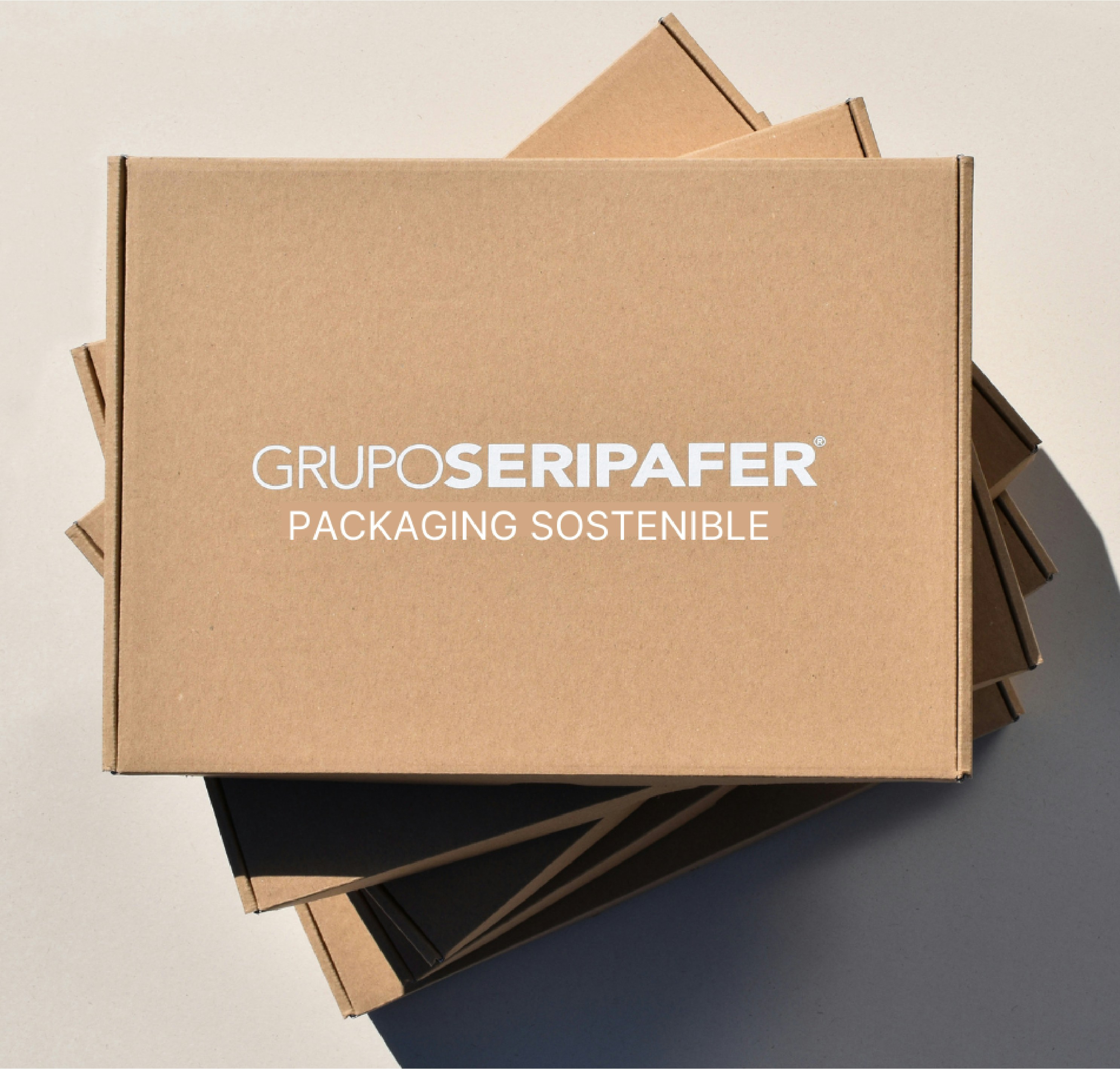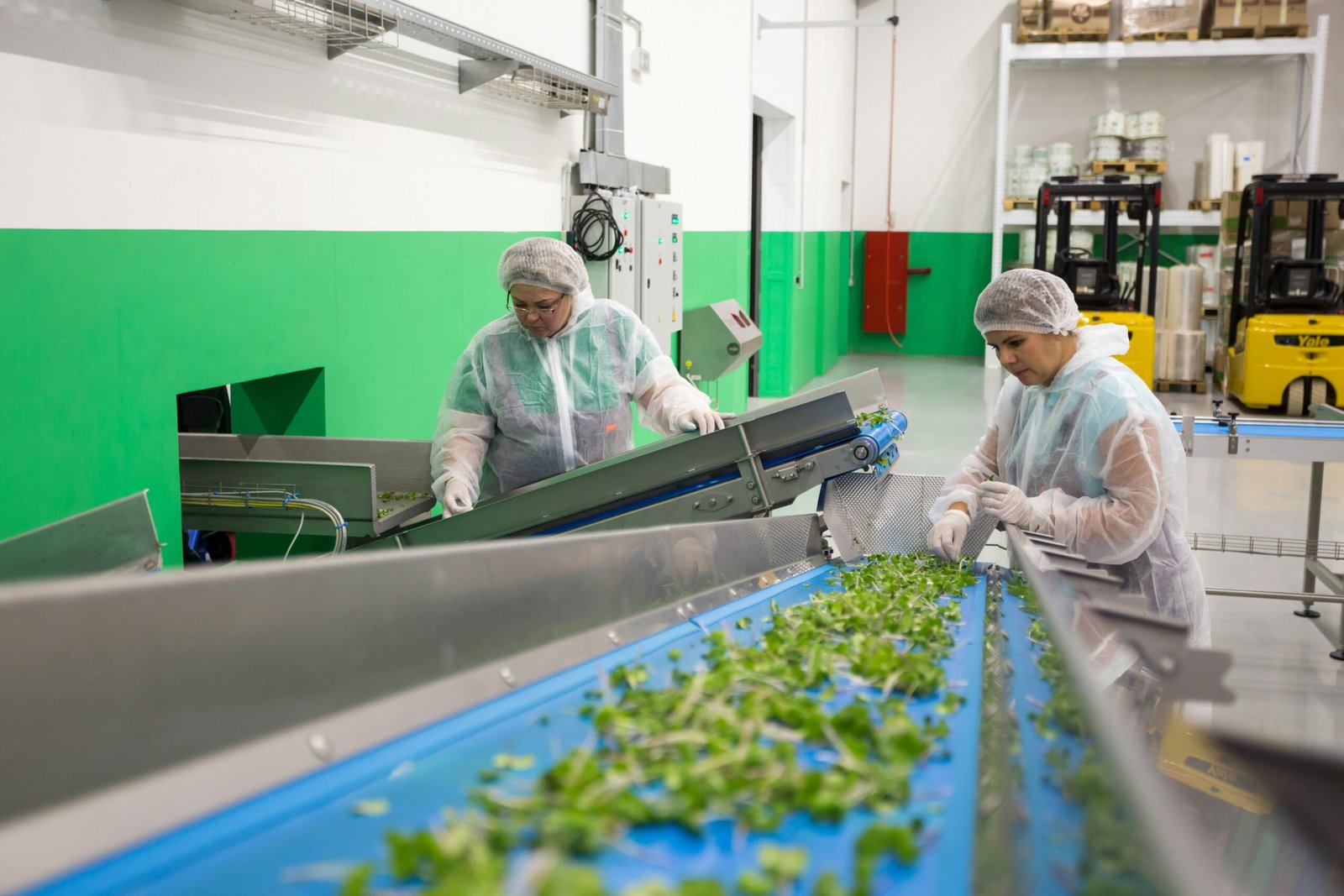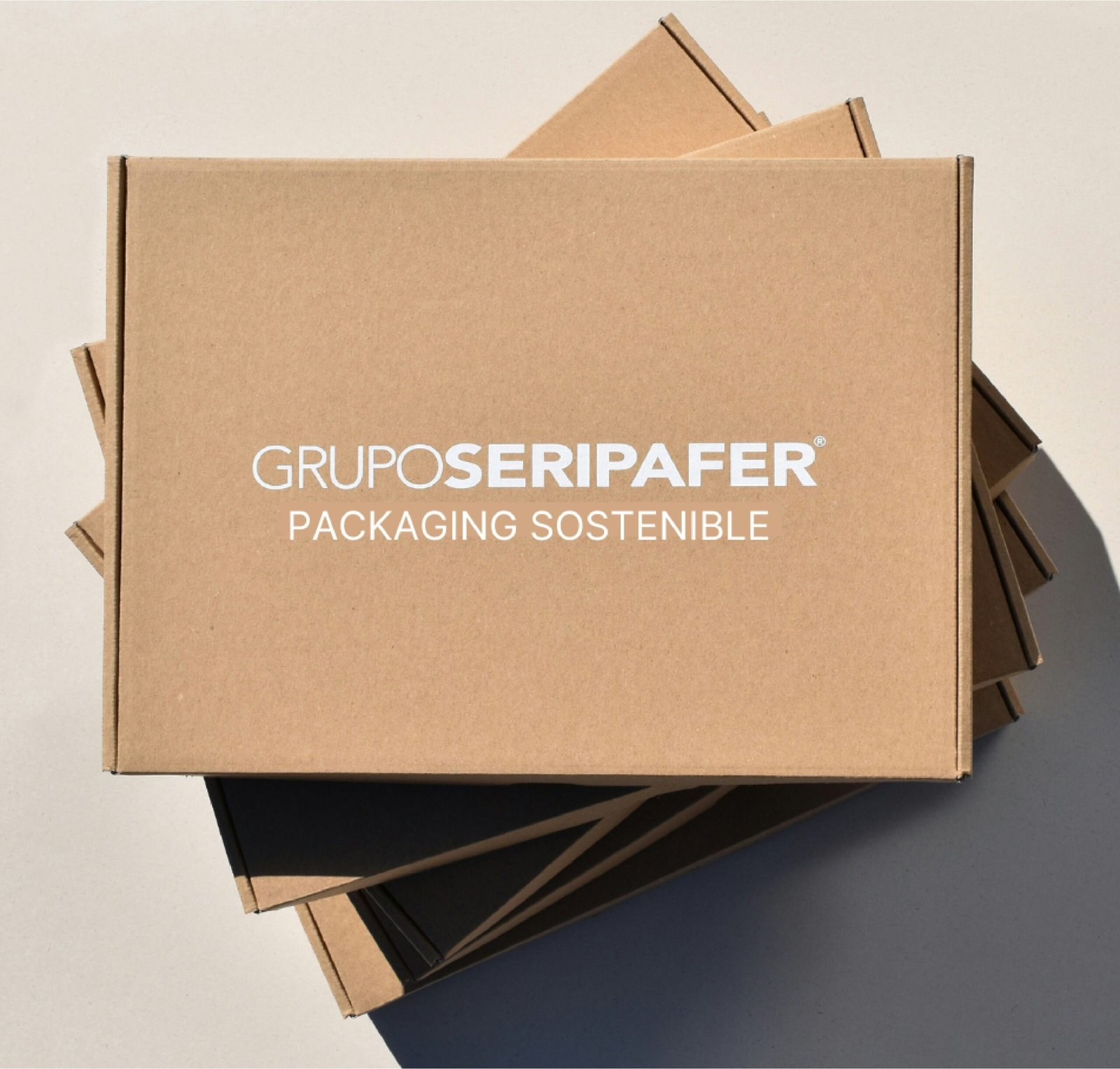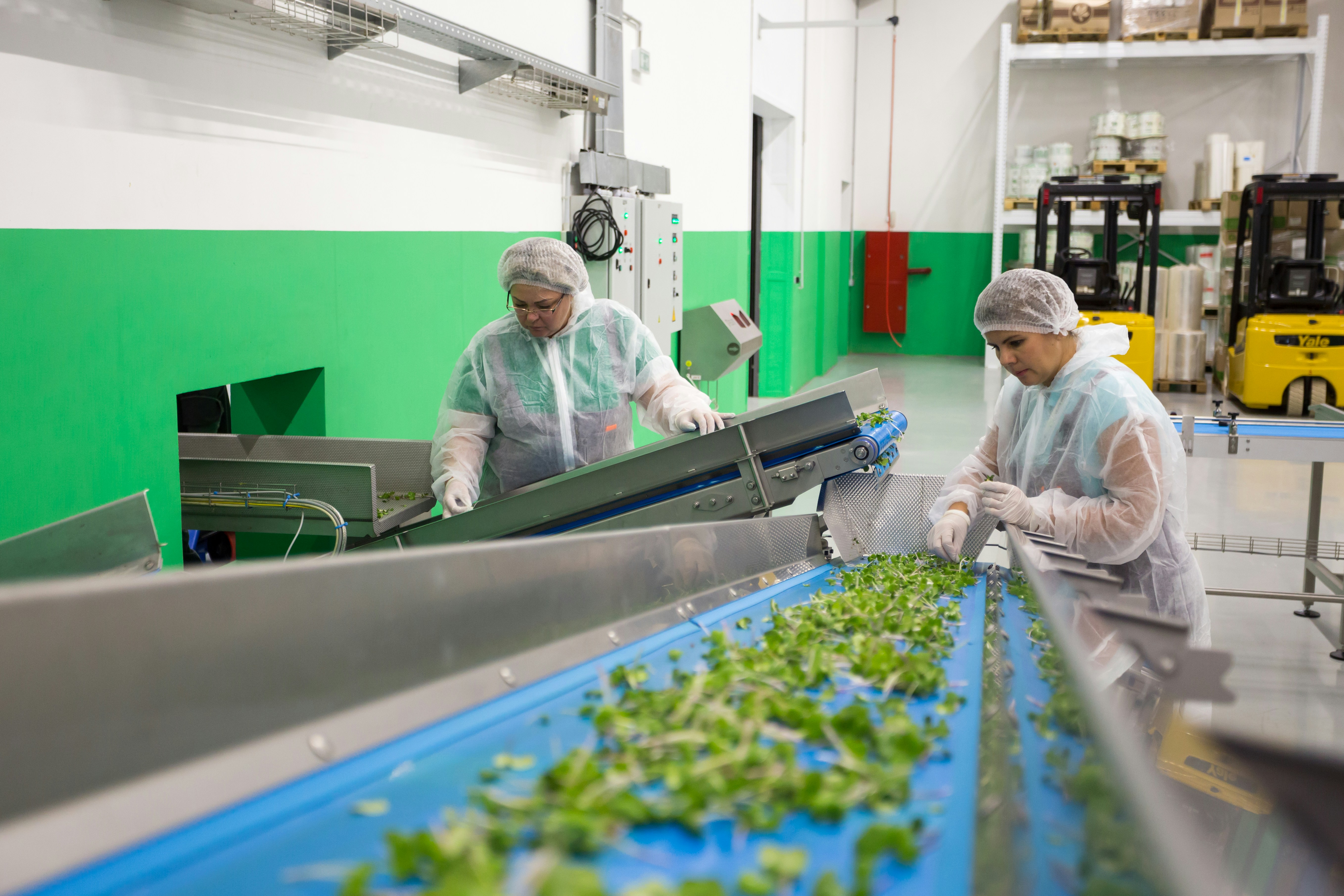
Understanding Sustainable Packaging
Sustainable packaging refers to the design and creation of packaging materials with a focus on minimizing environmental impact and promoting resource efficiency throughout their lifecycle. This approach encompasses not only the materials utilized but also their sourcing, production, usage, and disposal. In the food processing industry, the implementation of sustainable packaging is vital due to the significant waste generated and the increasing consumer demand for environmentally friendly practices.
There are various materials that fall under the umbrella of sustainable packaging. Biodegradable materials, for instance, are designed to decompose through natural processes, significantly reducing landfill waste. Compostable packaging goes a step further, breaking down into nutrient-rich compost under specific industrial conditions, thereby promoting soil health. Recyclable options, on the other hand, can be reprocessed into new products, which conserves resources and reduces the need for virgin materials. Together, these alternatives represent a shift away from traditional packaging materials, such as plastic, which has been linked to pollution and environmental degradation.
The environmental impacts of traditional packaging methods highlight the pressing need for sustainable alternatives. Conventional packaging often relies heavily on single-use plastics that contribute to pollution in oceans and landfills and pose risks to both wildlife and human health. By contrast, sustainable packaging options not only mitigate these concerns but also promote circular economy practices, where materials are reused, remanufactured, or recycled. The transition towards sustainable packaging is not only a necessity for reducing ecological footprints but also a vital strategy for businesses aiming to meet regulatory requirements and consumer expectations in an increasingly eco-conscious market.
Benefits of Sustainable Packaging in Food Processing
Sustainable packaging has emerged as a pivotal element in food processing, offering numerous advantages that extend beyond just environmental impact. One of the significant benefits is the enhancement of brand reputation and consumer trust. As consumers become increasingly aware of environmental issues, they tend to favor brands that demonstrate a commitment to sustainability. Implementing sustainable packaging solutions can therefore help food processing companies build a strong brand identity that resonates with environmentally conscious customers, ultimately leading to increased customer loyalty.
Another critical aspect is the reduction of carbon footprints associated with packaging. Traditional packaging materials such as plastics contribute significantly to environmental degradation and pollution. In contrast, sustainable packaging is often produced from renewable resources, which not only minimizes carbon emissions during production but also promotes biodiversity. By opting for eco-friendly packaging, food processing companies can substantially decrease their overall environmental impact, aligning themselves with global sustainability goals.
Moreover, compliance with environmental regulations is a growing concern for food processing companies. Governments worldwide are tightening regulations surrounding packaging waste and environmental footprints. By adopting sustainable packaging practices, companies can preemptively meet these regulations, reducing the risk of penalties and improving overall operational efficiency. This proactive approach not only fosters regulatory compliance but also positions food processors as industry leaders in sustainability.
Economically, transitioning to sustainable packaging can yield significant cost savings. Many sustainable materials are now competitively priced compared to traditional options. Moreover, waste reduction from sustainable practices leads to lower disposal costs. By minimizing waste through efficient packaging solutions, companies can optimize their supply chains, leading to further financial benefits. Overall, the benefits of sustainable packaging in food processing are multifaceted, combining enhanced brand reputation, lower environmental impact, improved compliance, and economic advantages that collectively contribute to long-term business success.
Challenges and Solutions in Implementing Sustainable Packaging
As food processing companies increasingly prioritize sustainability, the transition to sustainable packaging presents various challenges that must be addressed. One of the most significant hurdles is the cost of sustainable materials. While prices for traditional packaging materials can often be more economical, sustainable alternatives, like biodegradable plastics and recycled paper, may initially appear expensive. This increased expense can deter companies from adopting innovative packaging solutions, especially smaller enterprises that operate on tighter profit margins.
Another common challenge is the accessibility of sustainable materials. Many suppliers may not yet offer a diverse range of eco-friendly packaging options, making it difficult for food processors to source the necessary materials. This limitation can hinder efforts to implement sustainable practices effectively. Furthermore, transitioning to these materials can require extensive modifications in existing supply chains and logistics. Food processors may struggle with facility upgrades, new equipment, and retraining staff to handle sustainable packaging processes, which complicates the transition.
To overcome these challenges, companies can adopt several strategic solutions. Collaborating with suppliers to secure long-term contracts may mitigate costs by providing volume discounts. Organizations can also invest in research and development to explore alternatives and develop in-house sustainable packaging options tailored to their needs. Operationally, companies can implement gradual changes, starting with a pilot program that tests sustainable packaging on select products. This pilot can offer insights and data that bolster wider implementation over time.
Successful examples abound, such as companies like Unilever, which have incorporated sustainable packaging across a wide range of products while sharing learnings with smaller firms. These initiatives showcase how overcoming initial barriers can lead to significant environmental benefits and open new market opportunities within the evolving landscape of sustainable food packaging.
The Future of Sustainable Packaging in Food Processing
The future of sustainable packaging in the food processing industry is being shaped by a combination of technological advances, innovative materials, and evolving consumer preferences. One of the most significant trends is the development of biodegradable and compostable packaging solutions. These materials, which often draw upon renewable resources, aim to reduce the environmental impact associated with traditional packaging. Emerging technologies such as nanotechnology and bioplastics are playing a crucial role in creating stronger, more durable packages that can effectively preserve food products while minimizing waste.
In addition to new materials, automation and smart packaging technologies are gaining traction in the food processing sector. Smart packaging involves integrating sensors or indicators that communicate the freshness of products, thereby reducing food waste. By providing real-time information about the shelf-life and quality of products, smart packaging enhances consumer confidence and contributes to more sustainable consumption patterns. The rise of the Internet of Things (IoT) is expected to further revolutionize packaging by enabling better inventory management and distribution practices.
Consumer demand for sustainable practices is another driving factor influencing the future of food packaging. With a growing awareness of environmental issues, consumers are increasingly seeking products that align with their values. Consequently, food processing companies are under pressure to adopt more eco-friendly packaging solutions. Government regulations aimed at reducing plastic waste and encouraging recycling continue to shape market dynamics, pushing industries toward more sustainable practices. Organizations that proactively embrace these changes not only fulfill consumer demand but also position themselves as leaders in a competitive market.
To remain relevant, businesses must keep an eye on these evolving trends in sustainable packaging. By staying informed and adapting to new technologies and materials, food processors can enhance their sustainability efforts while meeting market expectations. The future undoubtedly holds promising opportunities for those willing to innovate and commit to sustainable packaging solutions.










